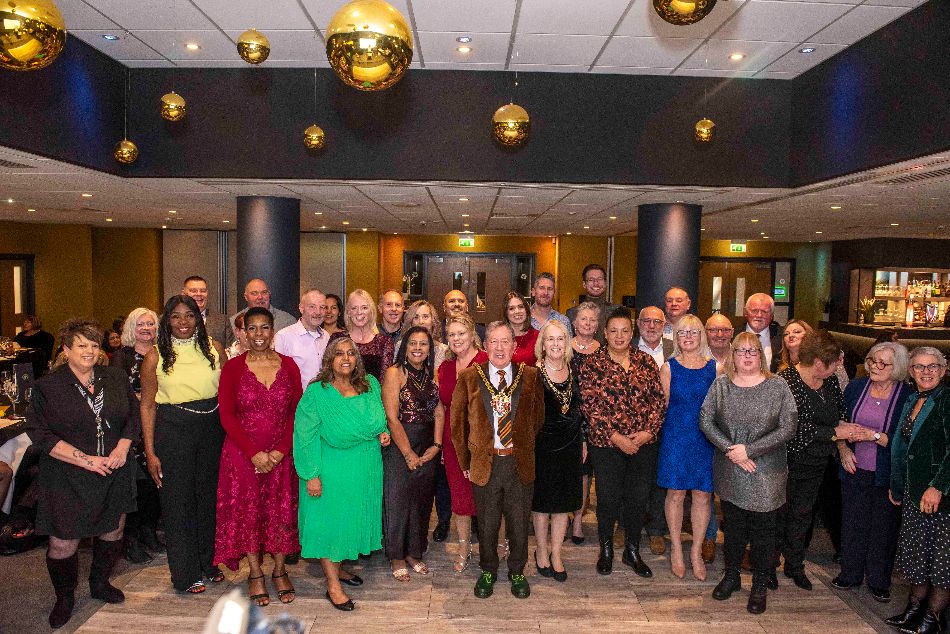John Cummings spent 16 years turning an old plantation in Louisiana into a slavery memorial. This year, the Whitney Plantation opened its doors to the public for the first time in its 262 year history, as the only plantation museum in Louisiana with a focus on slavery. Through museum exhibits, memorial artwork and restored buildings and hundreds of first-person slave narratives, visitors to Whitney will gain a unique perspective on the lives of Louisiana's enslaved people.
The Whitney Plantation, originally known as Habitation Haydel, is located less than an hour from New Orleans. Ambroise Heidel (1702-ca.1770), the founder of this plantation, emigrated from Germany to Louisiana with his mother and siblings in 1721.
After the Civil War (1867) the plantation was sold to Bradish Johnson of New York, who named the property after his grandson Harry Payne Whitney. As a site of memory and consciousness, the Whitney Plantation Museum is meant to pay homage to all slaves on the plantation itself and to all of those who lived elsewhere in the US South.
Historian Dr. Ibrahima Seck spent the last 10 years compiling the history of the grounds from public records of the times and any information on the related families. According to some, the slave narratives are "like reading Hemmingway short stories."
















